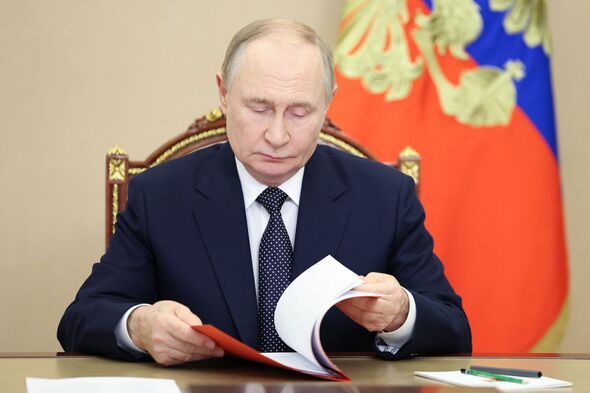New Report Unveils Russia’s Covert Hybrid Warfare Tactics in Europe

A recent report by the International Institute for Strategic Studies (IISS) details the extensive reach of Russian sabotage operations targeting critical infrastructure across Europe. Titled “The Scale of Russian Sabotage Operations Against Europe’s Critical Infrastructure,” the paper includes a map highlighting potential instances of Russian hybrid warfare. This map serves as a visual representation of incidents that researchers believe may be linked to Russian covert operations.
The report suggests that these activities align with tactics employed by the Russian military since the Soviet era. Roman Goncharenko, an analyst for DW News, commented on the complexity of identifying definitive actions within this context, stating, “It is very difficult to speak of something for certain because this is the essence of hybrid warfare—it’s clandestine.” The report emphasizes that the covert nature of these operations complicates efforts to gauge their exact impact.
According to the authors, the hybrid warfare strategy is not solely about physical attacks. They argue that the cumulative effect of Russian operations—targeting both physical and virtual systems—aims to weaken Western resilience and create divisions within European societies. The report indicates that Russian sabotage may take various forms, including random acts of vandalism intended to instill fear and calculated strikes on critical vulnerabilities.
The IISS report also highlights a shift in the geopolitical landscape, particularly concerning the ongoing conflict in Ukraine. Speculation around the implications of this conflict has reached high levels in the United States. In late September 2023, President Trump expressed concerns about escalating tensions, stating that the U.S. felt “a little bit threatened by Russia recently.” He further noted the deployment of a “nuclear submarine,” describing it as “the most lethal weapon ever made” and highlighting its undetectability.
While the report underscores the severity of the threat posed by Russian operations, it also cautions against underestimating the impact of these incidents based on civilian casualties alone. The authors argue that the evolving pattern of activity indicates a strategic effort by the Kremlin and its intelligence services to heighten pressure and uncertainty across Europe.
The findings presented in this report raise critical questions about the nature of modern warfare and the challenges faced by European nations in safeguarding their infrastructure. As hybrid warfare tactics become increasingly sophisticated, the need for robust security strategies and international cooperation is more pressing than ever.






